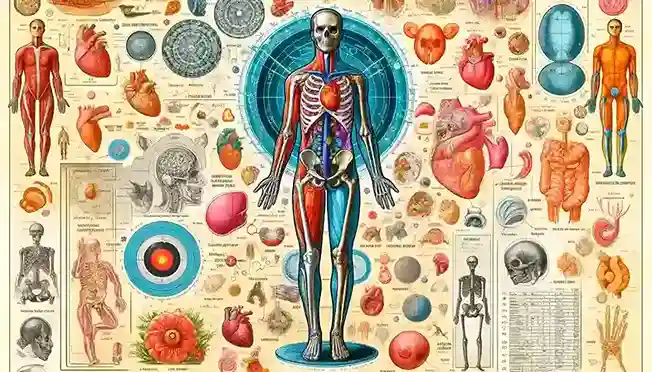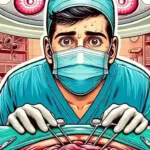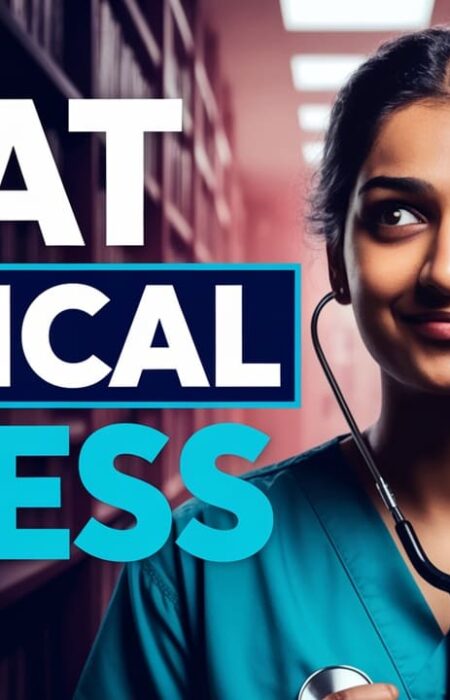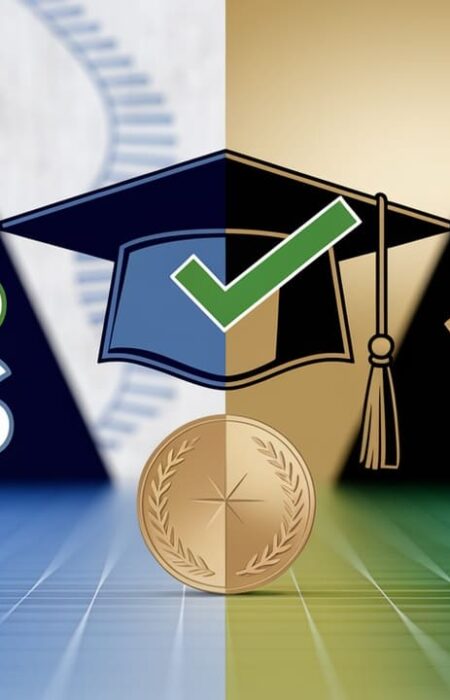How to Study First Year Anatomy: The guide to MBBS
Hello medicos, I hope the First Year is treating you well. (I know it’s not.) First year is the best year in terms of exploring the city, making new friends, having fun and just enjoying the freedom. But it’s also the worst year in terms of study. I was so intimidated by the syllabus, it was a very big leap from NEET. Seniors had already told us that ‘Biochemistry’ is a last day subject, I found ‘Physiology’ easy too. So, the only one left, ‘Anatomy’ was the scariest of them all.
Anatomy is so new, it’s so challenging. The sudden shift from learning plant families to cutting open a cadaver is crazy. On top of that you have to remember so many attachments and relations.
Honestly, figuring out the study resources is the main task in any MBBS subject. We usually spend half the year deciding what books are best, this leaves only half a year for the actual study.
I’ve simplified this search for you. I’ve listed down all the resources and the approach that I used (It helped me get a distinction just fyi)
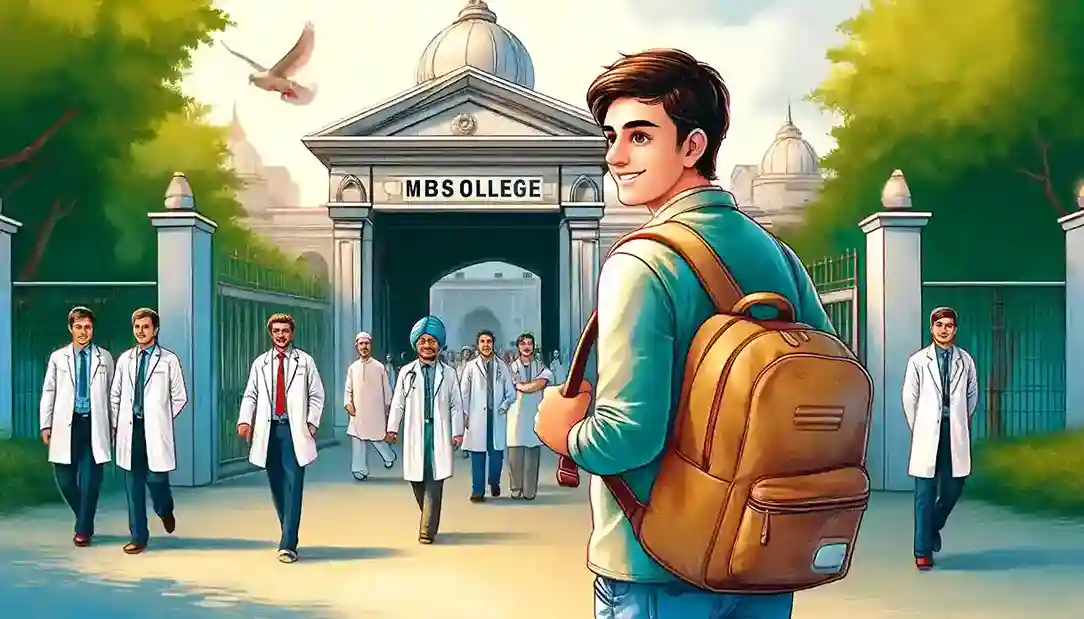
What is human anatomy?
Human anatomy is the study of the body structure, so it naturally includes 10 other mini subjects. We have general anatomy where we get an overview of what we can expect to find in the human body. Then there’s gross anatomy which goes into details of all these structures. You get to understand what’s where, what is it’s role in the body and how is it relevant to doctors.
It does not end there.
There’s microscopic anatomy too, which is also called histology. Gross anatomy tells you that you have bones and muscles. Histology tells you exactly why they are different at a microscopic level. Then again, it’s not over yet. There’s embryology, to understand how the body structures come to become what they are since conception. Lastly, there’s genetics, where we go down to the most fundamental level, to understand the chromosomal structures and the anomalies that can be present. Let’s discuss all the subjects and the practical aspects in detail now.
General Anatomy:
There is one small handbook by ‘B. D, Chaurasia’ that can be used for General Anatomy. General Anatomy is but a consolidation of your prior knowledge, you have already learnt most of it in 11th-12th Biology. You can just read through the book. Mostly, you won’t need to watch any online lectures, the book is enough.
Gross Anatomy:
For Gross anatomy, I would suggest ‘E Gurukul’ lectures by ‘Dr Ashwani Kumar‘ sir. He teaches Anatomy beautifully. There are 6 units in Gross Anatomy:
- Upper Limb
- Thorax
- Abdomen
- Neuroanatomy
- Lower Limb
- Head and Neck
Gold standard book: Gray’s Anatomy. The toppers of Anatomy read this book. I found it very intimidating and time-consuming so I skipped it.
Indian authors: The six units are disturbed in 4 volumes of books. You can read books by either of the two famous authors ‘B. D. Chaurasia’ (BDC) or ‘Vishram Singh’. I referred to BDC for Lower Limb, Upper Limb and Thorax. This was before I discovered ‘Vishram Singh’. I found Vishram to be better, the diagrams are easier to replicate and the text is more organized. The clinical boxes are also much better in Vishram Singh. But, BDC includes a lot of short tricks to memorize the structures. Honestly, these are almost similar, you can choose either of the two. I would suggest waiting out and reading a few chapters on the internet before buying a book set.
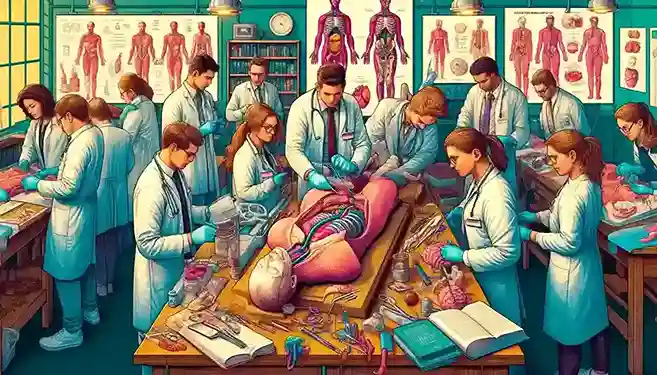
Note: For Neuroanatomy, ‘Vishram Singh’ is the popular choice.
You can get an orientation of anatomy using the resources mentioned above then you can visualize the structure using the ‘Netter’s Atlas of Human Anatomy’ book, downloading a 3D anatomy application on your mobile or watching and performing dissection.
Pro tip: Don’t pay for 3D Anatomy app if you cannot. Use one until the free trial is over then switch to another one. There are hundreds of apps available out there.
Dissection
It is the process of studying anatomy using a human cadaver. There will be a group of students allotted to a cadaver, you will dissect the cadaver for the entire year. It will be an obligation in the start but then only a few students honestly dissect while others sit and study theory.
It is great if you perform dissection as well, you will remember the topics from your dissections perfectly after years. If not, I would strongly suggest to at least stand by the students who are performing dissection and see the structures instead of studying theory in the Dissection Hall. Anatomy is a factual subject, you have to remember everything in the human body and you will remember much better if you actually see it for yourself.
During Anatomy Practical Exams, there is a dissected cadaver, you have to identify the parts pointed out by the examiner. There are even solid organs kept, you may be expected to pick them up, show the anatomical position of the organ and point out the parts and relations. You cannot remember all this a day before the practical, you have to have an orientation from before.
Osteology
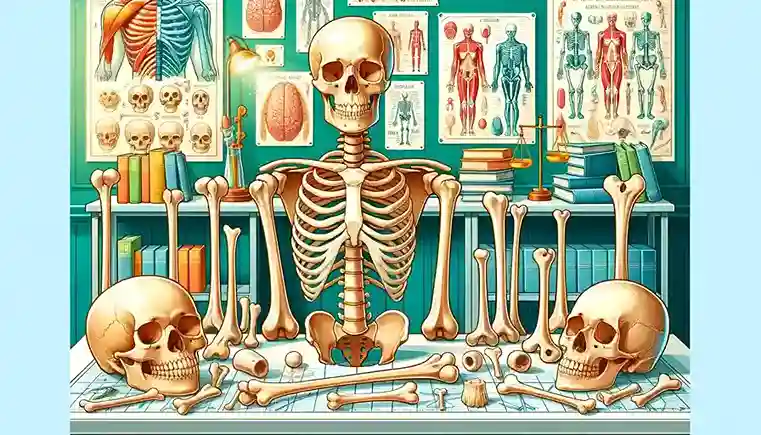
You will be given a human bone set or a plastic bone set. This set is usually passed on by your seniors. You will have to learn the
- Anatomical position of the bones (how it is present in the body),
- The side determination (Which side bone it is),
- It’s attachments (what other bones, muscles, ligaments or cartilages does it attach to),
- It’s relations (what structures lie above or below it),
- It’s movement and
- It’s clinical anatomy (how is it significant, common injuries related to it)
You can watch YouTube videos by ‘Angelina Issac’, ‘Viva Voca of Anatomy’ and ‘Johari MBBS’ Try to get an orientation of the main attachments before going into great detail like posteromedial, upper 1/3rd etc. I used to think that I will remember every small detail about the bone, but it is difficult to even recall the main bits in the exam. Instead focus on getting a general idea, if you are very sure about them then only go into details.
For anatomy pratical exams, you will be asked to pick up a bone, and you can be quizzed on any of the above points. I would advise for you to learn different bones amongst yourself and then teach them to each other. All of us did this, it was much easier and less boring.
X Rays
You will also be shown a few X Rays throughout the duration of the course. There is not much expected from you, you will just have to identify the view, the structures visible and any apparent fracture. Your clinical anatomy can be tested here as well.
Histology:
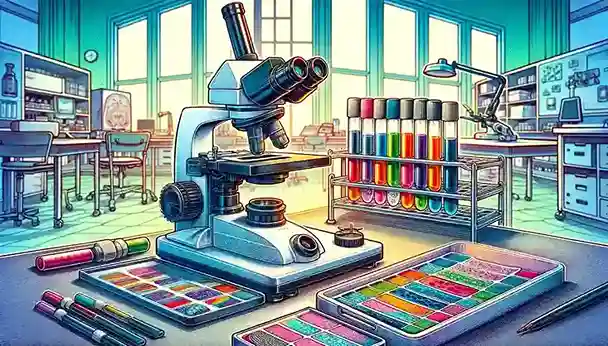
In histology, you will be shown slides of the cut sections of tissue specimens. You will have to understand the structure under the microscope, and then draw it in your journal. During exams, you will be shown a certain number of slides for just identification, these are called spots. Apart from this, you will be given one slide that you have to identify, draw, and write about. This will be your grand slide.
Everybody hates Histology. Everything is just pink and purple for the first few months. Then as soon as exams approach, we actually try to understand it, and that is when things start falling into place (or maybe not). There are no tips here really, just keep trying until you get it. Try instead of just giving up, spend as much time as you have to.
In second year pathology, you have slides too. The difference is that the tissue specimen used for these slides have some pathology, some abnormality. I couldn’t identify histo slides in First Year but somehow in Second Year I could easily understand the specimen used, I just couldn’t understand the pathology that easy. So, it will fall into place, just give it time.
You can refer to ‘diFiore’s Atlas’ for the diagrams. You can also refer to the textbook by ‘I B Singh’ but honestly, the Atlas is more than enough.
Pro tip: Make good diagrams in the histology journal to avoid getting hundreds of redraws.
Embryology:
Embryology is often ignored and studied before exams. Honestly, the development is a little confusing, especially the gut rotations. I would advise you to study embryology from the start just like you’d study gross anatomy. You don’t realize it in the first year but embryology is quite important. It shows up everywhere for the rest of MBBS. And then, you have to sit down again to learn from scratch.
There is a free playlist by ‘Ninja Nerd’ on YouTube. He explains it perfectly. You can also always watch Dr Ashwani’s lectures on Embryology.
There’s a book by ‘Vishram Singh’ for Embryology, I’ve not read it so I cannot comment. The popular choice is again ‘I B Singh Embryology.’ I’ve not read this one either, I made some notes for myself after watching Ninja Nerd Lectures and used them for exam preparation too.
Overall, you’ll get 1-2 theory questions on Embryology in the exam. For practicals, you will be quizzed on Embryology models. There will be models depicting a stage of development of a particular organ, you will be asked to identify the structures and talk about it.
Genetics:
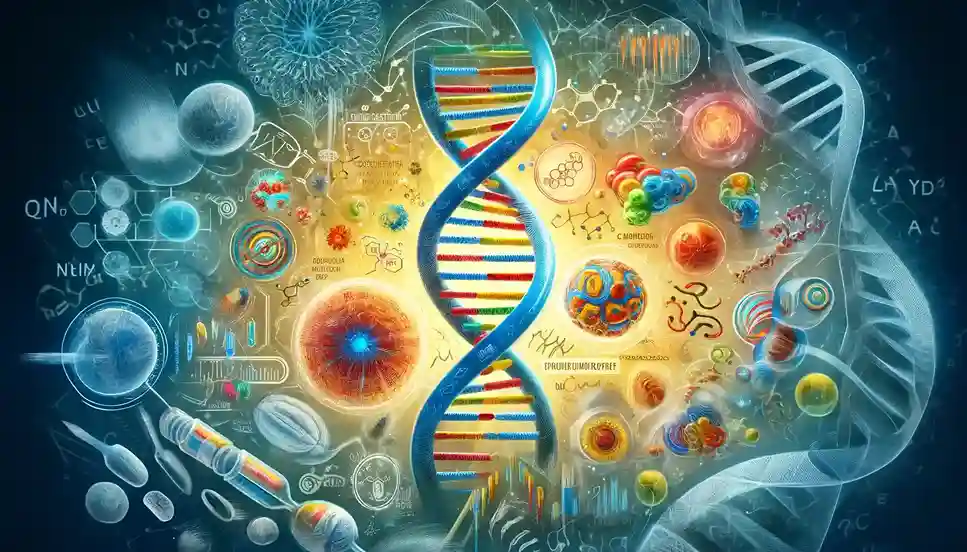
Most people forget that genetics even exists. It is the simplest part. You’ll mostly be quizzed on ‘Down’s syndrome’, ‘Klinefelter syndrome’ and ‘Turner syndrome’ you will be expected to know some other common genetic abnormalities too, along with techniques in genetic engineering. Most of this is prior knowledge, so you won’t need many resources. You can just read through the book ‘S. D. Gagane’ quickly. You don’t even need to purchase a book, you can easily go through YouTube videos or PDFs.
You might or might not get a theory question on genetics. You will get one spot on genetics during your practical exam.
Also Read: People You Must Avoid in College
Theory Exam for Anatomy:
There is a questions list called ‘Bhalani’ available for exams. You can get it from your seniors. It is a compilation of all the famous and repeated questions over the years in MBBS University exams. You can focus on the Bhalani topics for exams.
You can watch lectures by the channel ‘Johari MBBS’ on YouTube. He is the last minute saviour for anatomy. He will help you cramp up the vast syllabus. You can also refer to ‘S N Kazi’s Anatomy’ book, it has good schematic diagrams, which are very easy to understand.
Practical exams
The following are included in the Anatomy Practical exam.
- Histology spots and Grand Slide
- Clinical Antomy and Genetics Spots
- Embryology Model
- XRays
- Osteology
- Dissection where organs and neuroanatomy is asked separately.
Don’t worry, I’ll go into details in another blog, for now focus on building a good base instead of focusing on the exams. Anatomy is a foundational subject, it will appear in every clinical subject. Mainly, you have to understand the anatomy to understand surgery. So focus and learn. Anatomy exam is a little difficult to clear too. You must study for it since the beginning of the year. Keep repeating and revising anatomy to remember it.
All the best
